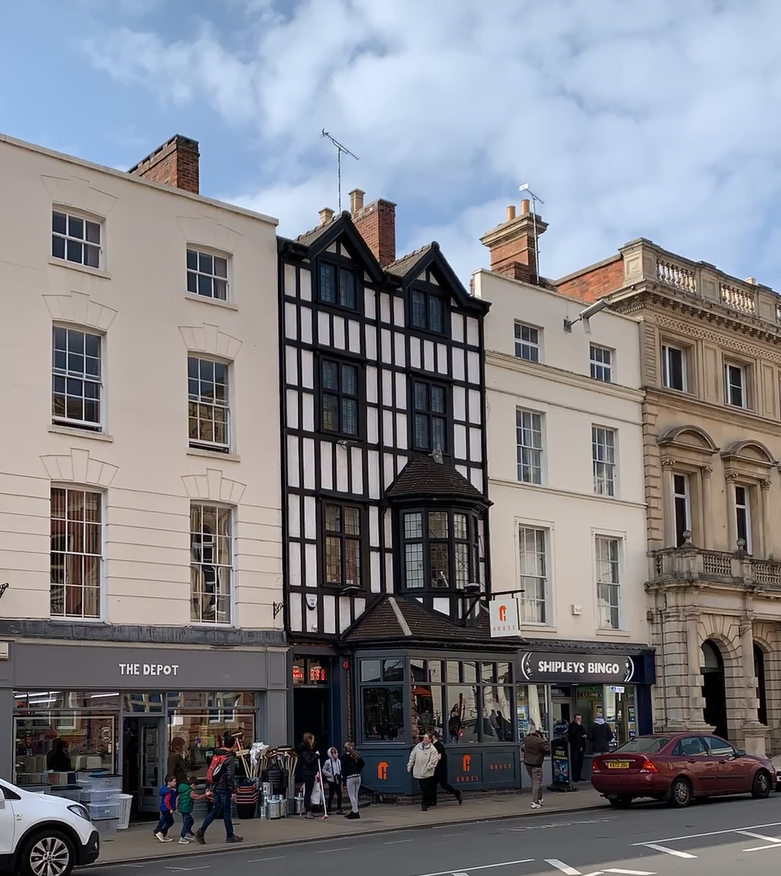
image for illustration: Joanna Theobald
Research funded by the Culture Heritage Capital (CHC) programme and conducted by Historic England (HE) has revealed a noteworthy connection between our cultural heritage and personal wellbeing.
Historic England writes:
The research shows that cultural heritage provides a modest but significant boost to our life satisfaction. This finding demonstrates the importance of preserving and promoting our cultural heritage, not just for history’s sake, but as a positive influence on our future collective wellbeing.
Research funded by DCMS Culture and Heritage Capital programme highlights the link between our historic places and our wellbeing. Cultural heritage doesn’t just enhance our surroundings; it significantly boosts our personal life satisfaction.
Here’s what the research discovered:
- A link to happiness: individuals residing close to dense cultural heritage areas report higher levels of life satisfaction after controlling for socioeconomic and neighbourhood factors
- A monetary value on wellbeing: the study estimates that cultural heritage adds, on average, £515 annually to each person’s wellbeing across England
- The national impact: when combined, this translates to £29 billion in enhanced societal wellbeing
- The role of Grade II listed buildings: Grade II listed buildings, which are more common and visible heritage assets at a local level, are identified as primary drivers of increased life satisfaction. This suggests that the existence and abundance of local heritage, particularly those assets that are more integrated into our daily lives, play a significant role in enhancing wellbeing
Combining the experiences of 24,823 individuals from the Understanding Society Dataset with the rich details of approximately 400,000 designated entries from the National Heritage List for England (NHLE), this study uncovers the historic environment’s impact on our happiness. By examining the presence of heritage assets within close proximity to individuals’ homes, researchers can quantify the wellbeing derived from our rich cultural backdrop.
The research employs a non-market methodology, exploring the relationship between life satisfaction and cultural heritage density. The findings demonstrate that Grade II listed buildings, the more populous and visible heritage assets at a local level, are the primary drivers of life satisfaction increases, suggesting the existence and abundance of local heritage (rather than the presence of rare, exceptional heritage assets) drive higher life satisfaction.
This approach challenges traditional economic models by integrating non-monetary benefits into the valuation of cultural assets. By doing so, this study demonstrates that a rich place-based cultural heritage impacts residents’ quality of life beyond individual usage patterns. It highlights the importance of conserving and protecting cultural heritage due to the wider benefits it provides to people, communities, and society at large.
See more NewsBlog background at April is ‘Stress Awareness Month’: So help IHBC help you with our ‘Heritage Staff Wellbeing at Work Survey’ – Have your say… before 1 May
